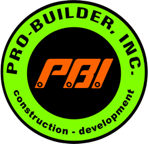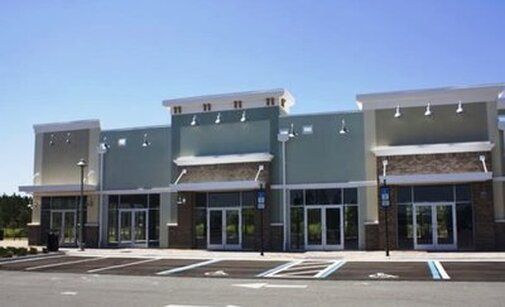Warehouse Parking Design Laredo, TX
Designing a parking lot requires careful planning to ensure safety, efficiency, and compliance with local regulations. Here are the key steps and considerations for parking lot design:
- Site Assessment: Evaluate the site's size, topography, drainage, and existing infrastructure to determine the feasibility and constraints of the parking lot design.
- Purpose and Capacity: Define the purpose of the parking lot (e.g., commercial, residential, public) and estimate the required parking spaces based on the expected number of vehicles.
- Local Regulations: Research and adhere to local zoning laws, building codes, and parking requirements that dictate the minimum number of parking spaces, setback distances, and other design elements.
- Layout and Traffic Flow: Plan the layout to allow smooth traffic flow, minimizing congestion and conflicts. Consider one-way circulation, properly sized driving lanes, and clearly marked pedestrian crossings.
- Accessibility: Ensure compliance with accessibility guidelines, including the provision of designated accessible parking spaces, accessible routes, and appropriate signage.
- Landscaping: Incorporate landscaping elements to enhance the aesthetics of the parking lot and provide shade and visual appeal. Use green spaces and trees to improve stormwater management and mitigate heat island effects.
- Lighting: Install adequate lighting to ensure safety during nighttime use and to deter vandalism and crime.
- Drainage: Implement a proper drainage system to manage stormwater runoff and prevent flooding and erosion. This may involve the use of catch basins, swales, and retention ponds.
- Pavement Materials: Select suitable pavement materials, such as concrete or asphalt, based on budget, usage, and local conditions. Ensure the pavement can withstand the expected vehicle loads.
- Striping and Signage: Clearly mark parking spaces, driving lanes, pedestrian crossings, and other areas with striping and install proper signage for guidance and safety.
- Safety Features: Install speed bumps, bollards, and other safety features as needed to prevent accidents and enforce traffic rules.
- Sustainability: Consider implementing environmentally friendly design features, such as permeable paving, electric vehicle charging stations, and solar-powered lighting.
- Security: Integrate security measures like surveillance cameras and emergency call boxes to enhance safety and deter criminal activities.
- Future Expansion: Allow for future expansion of the parking lot by designing a layout that can be easily extended if necessary.
Remember that parking lot design should prioritize the safety and convenience of users while adhering to local regulations and environmental considerations. Engaging with an experienced civil engineer or parking lot design specialist will help ensure a well-planned and functional parking facility.



























